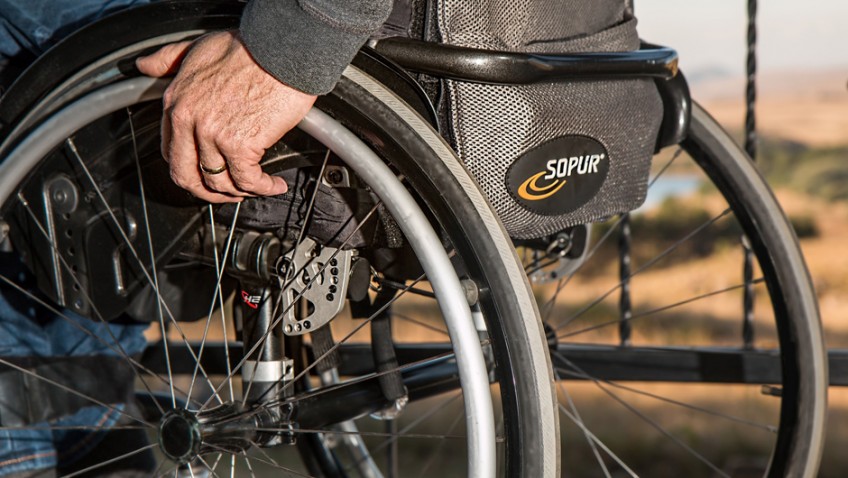I am not disabled, however, at present I have limited mobility. I am on the waiting list for a new hip and obviously getting older. I had a fall recently resulting in some bruising and difficulty in moving quickly. My husband has had a stroke and cannot walk far, but neither of us is considered eligible to be registered disabled or requiring a blue badge for parking preference.
Regularly we have problems with gaining access to facilities as we cannot leave the car near enough to where we need to be. We are not permitted to park in reserved disabled spaces and find it annoying when there are reserved extra wide spaces for parents with children near the entrance.
Using public transport with a disability is covered by law, but it is worth checking the regulations that apply if, like me, you have a temporary impediment.
I recently travelled by train and was daunted by the huge step down from the carriage to the platform and the gap between them. On the way home I found out from the guard that I could have asked for a ramp to disembark, although this needs to be requested from the train manager as early as possible in your journey.
Accessible transport for all
There are strict rules in place for disabled people using public transport.
To make transport more accessible, the Government:
- provides guidance and funding for community and voluntary transport used by disabled and elderly people
- requires by law that bus and coach operators make their vehicles accessible for disabled people, including wheelchair users
- requires taxis and private hire vehicles to make their vehicles accessible for disabled people, including wheelchair users and those with guide dogs, through the Equality Act 2010.
- is working to make trains more accessible (for more details on future plans for trains see Expanding and improving the rail network)
If you are using public transport, it’s worth contacting the transport operator before you travel to make sure they are able to offer the assistance you require. By law, all public transport buses will have to meet specific disability standards by 2017.
Buses and trains will usually have priority seating for older people and people with disabilities. They will also usually have space and wide doors for wheelchairs. Some buses, trains and trams are fitted with automatic ramps, but many still require assistance, or ramps to be manually fitted by station staff or the driver.
The London Underground is being upgraded to improve step-free access, although large parts will remain largely inaccessible to people with mobility problems for the foreseeable future. Staff at Underground stations are trained to help people move around the system – for example, by helping them avoid escalators and calling ahead to arrange for assistance at your destination.
Both the Docklands Light Railway and London trams are entirely step-free.
Taxi and private hire companies can provide wheelchair-accessible vehicles if you let them know when you book a vehicle. Some councils also offer taxi voucher schemes for those who may find it difficult to use public transport because they are frail or disabled.
Community transport schemes
Check with your local council whether your area has a community transport scheme. These schemes provide transport to and from hospitals, doctors’ and dentists’ surgeries, and opticians and chiropodists.
Many areas offer a free “Dial-a-Ride” service, offering door-to-door transport for people unable to use normal buses. Some schemes require users to register and there may be a charge for this service. Carers may be able to travel with the person they care for at an additional cost.
The British Red Cross runs a similar transport service in some areas. To find services near you and for more information visit www.redcross.org.uk or call 0344 871 11 11.
So while there is help out there for those registered disabled I should like to see more assistance for those of us with temporary restricted mobility. Do you have problems yourself or have some advice for others with similar difficulties with day to day activities?
By Christine Parkinson




